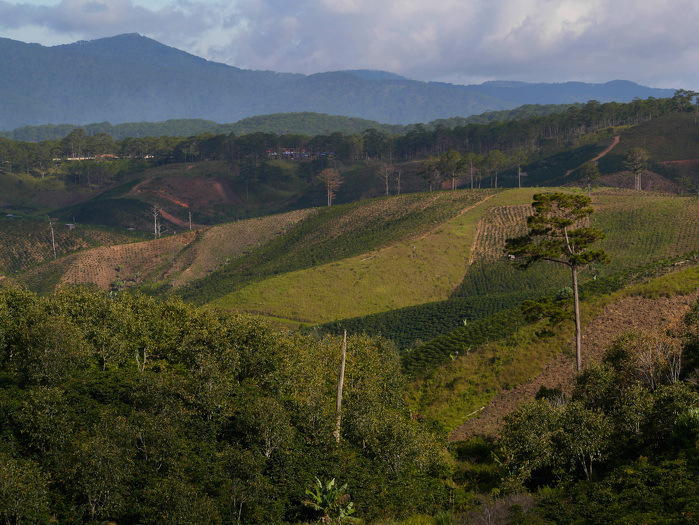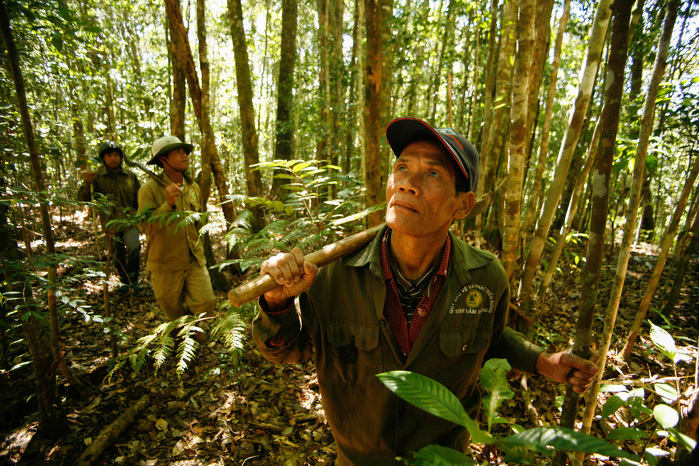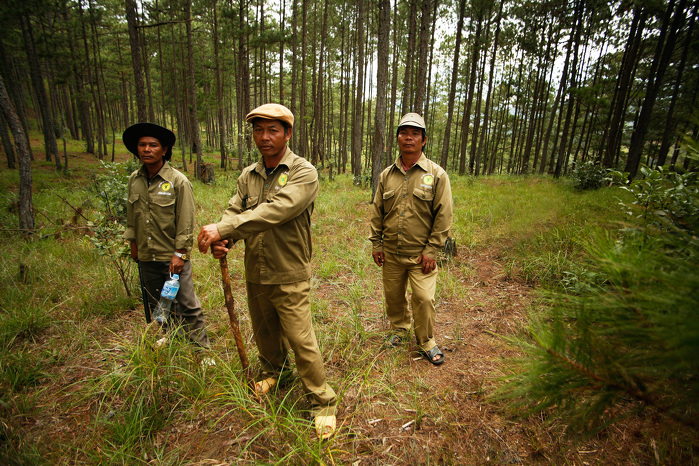Greater Mekong Subregion Biodiversity Conservation Corridors Initiative
Details
Funding
Project Description
The Greater Mekong Subregion (GMS) biodiversity conservation corridors initiative is to support the broad- based agenda of sustainable development identified by the GMS countries and incorporated in ADB-s Regional Cooperation Strategy and Program (RCSP, 2004-2008). RCSP aims to address the GMS developmental challenges and deliver countries strategic objectives by enhancing connectivity, competitiveness and a greater sense of community in the region. Regional economic corridors are expected to play a crucial role in helping deliver this development agenda. But there is a concern that increasing development needs and economic corridors may result in the fragmentation of the natural landscapes. This would undermine the functioning and performance of the region-s ecosystems thereby threatening long-term socioeconomic and environmental security of the region. Ecosystem fragmentation is increasingly being associated with transport and economic corridors. Although it is recognized that the transport corridors are the drivers for economic development in the subregion, these corridors are also likely to exert additional impacts on biodiversity. So, greening of the infrastructure and economic corridors is considered essential. The establishment of Biodiversity Corridors (BCs) has been identified as one of the means for doing this. BCs are designed to ensure the long-term conservation of high value ecological processes, biodiversity and threatened species, as well as, contributing to social and economic development by combining these with ecological and/or cultural tourism. To a certain extent BCs are analogous to the economic corridors (ECs) in their functionality and objectives i.e. both attempt to increase the system connectivity, economies of scale, integration and efficiency. BCs do the latter by increasing the functional boundaries of the protected areas. BCs allow the unhindered movement of species, and gains in scale efficiencies that are needed to sustain ecological processes that underpin sustainable development. Recognizing this development challenge, the Biodiversity Conservation Corridor (BC) initiative was considered by the second GMS Summit task force planning meeting held in Beijing, PRC in July 2004. The task force members agreed in principle to pursue the proposal in consultation with relevant line ministries. Accordingly, the Working Group on Environment (WGE) meeting held in September 2004 in Viet Nam considered and endorsed the BC initiative. As secretariat for the GMS, ADB finalized the TA approach, objectives, scope and outputs in consultation with the relevant line ministry staff and other development partners of the GMS countries, including development partners, the United Nations Environmental Program (UNEP), IUCN-The World Conservation Union, and the World Wide Fund for Nature (WWF). There was a general consensus that this initiative will further strengthen the region-s commitment to and capacity for sustainable development.
Progress (as of March 2021)
Project closedContacts
| Contact 1 | |
| Contact Name | |
|---|---|
| Organization | |
| Contact 2 | |
| Contact Name | - |
| Organization | - |
| - | |









